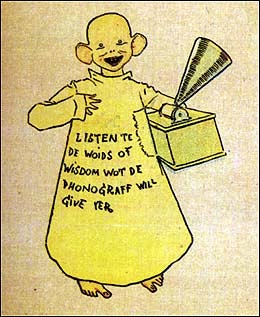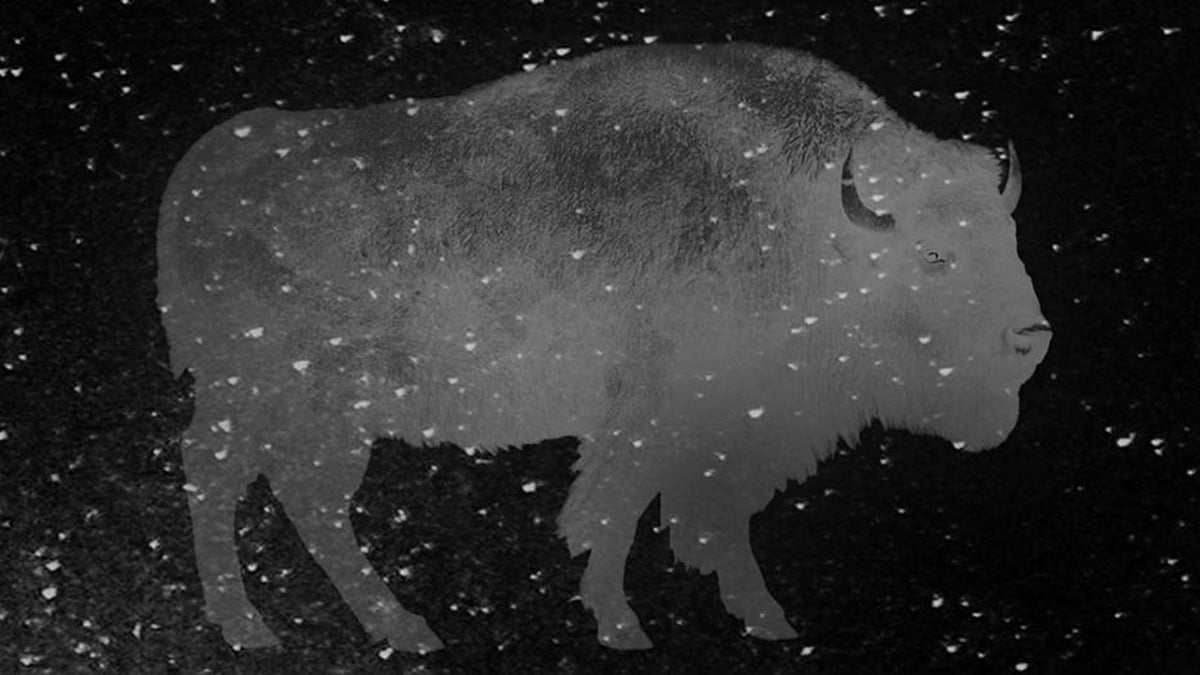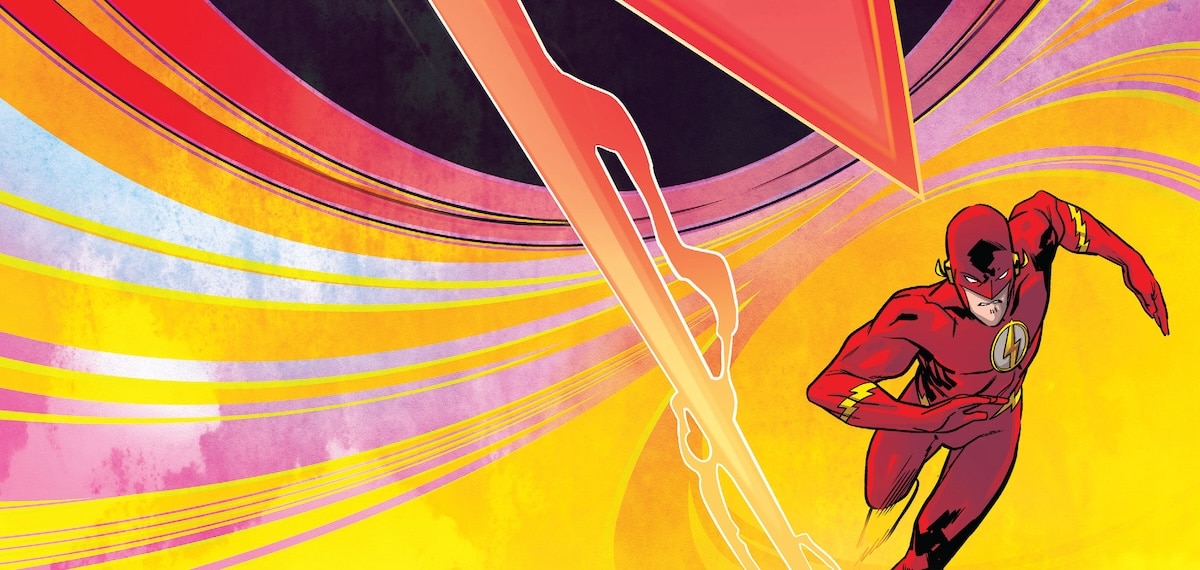by Christian Hoffer
Throughout the month of February, the Ohio Art League is showcasing a comic art exhibition curated by Ken Eppstein, creator, publisher and chief muckity-muck of Nix Comics, a local comic book publisher. Not only has Eppstein put together a delightful display showing the process in which a comic has made, he’s also arranged for three presentations about the past, present and future of comics in Columbus.
The first presentation, “A History of Columbus Comics”, took place this past Saturday afternoon. Caitlin McGurk, the engagement coordinator of the Billy Ireland Cartoon Library at the Ohio State University, treated the standing room only crowd to a delightful and engaging hour long process that explained the prominent role Ohio has had on the evolution of comics in America.“Ohio is the most important state in comics history,” McGurk boldly stated at the beginning of her hour-long lecture, surrounded by pieces of original comic artwork. She went onto explain that Ohio played formative roles in three pillars of today’s comic industry: newspaper comics and comic strips, superhero comics, and the underground DIY movement.
McGurk began by explaining the history of Richard Fenton Outcault, the creator of Hogan’s Alley and the Yellow Kid. Not only was Outcault one of the first to use the “comic strip formula” of word balloons and sequential panels, he was also the first creator to merchandise his creations, paving the way for comic strip characters to become a prominent part of American pop culture. McGurk showed slides of some of the first pieces of comic merchandise, ranging from Yellow Kid cigars and cigarettes to a surprisingly creepy gum dispenser.
Ohio was also the home to several other prominent early newspaper cartoonists, including Frederick Burr Opper, the creator of Happy Hooligan, and Edwina Dumm, the first female newspaper editorial cartoonist. She also noted that Winsor McCay, the creator of the popular and influential Little Nemo in Slumberland strip, got his start in Cincinnati working on a strip called Tales of the Jungle Imps.
Next up was a discussion of Superman and his creators, Jerry Seigel and Joe Shuster. Not only were both creators high school friends in Cleveland, the character’s superpowers and drive for justice were both influenced by a tragedy on Cleveland’s east side. In 1931, Jerry Siegel’s father was killed during a robbery of his Cleveland clothing store, which McGurk believes influenced Siegel to make Superman bulletproof and a champion of justice.
McGurk went on to discuss Ohio’s role in the underground comix movement. She pointed out that not only was Harvey Pekar, whose American Splendor was the first “diary comic” chronicling the stories of the everyday person, from Cleveland, but he first met Robert Crumb in Cleveland, when the latter was working for American Greetings. McGurk humorously pointed out that it was in Cleveland that Crumb was introduced to both LSD, which Crumb has long claimed was an influence on his work, as well as the counterculture movement that spurred Crumb to create Zap Comix, one of the first underground comics in America.
Not only did Pekar hail from Ohio, Jeff Smith, arguably the most successful self-published comic creator ever, is from and still lives in Columbus. Smith first got his start writing Thorn for Ohio State’s student newspaper, which eventually morphed into Bone. Bill Watterson, the legendary creator of Calvin and Hobbes, is also an Ohio resident and attended Kenyon College, where he was inspired to take a career of cartooning after meeting Jim Borgman, a political cartoonist best known for his Zits comic strip.
McGurk also took time to explain the history of the Billy Ireland Cartoon Library. The library was started when Milton Caniff, the creator of adventure comics such as Terry and the Pirates and Steve Canyon, donated his collection of original art and correspondence to his alma mater, Ohio State University. The library was named for Billy Ireland, a prominent Columbus cartoonist who first hired Caniff at the Columbus Dispatch.
The presentation ended with McGurk trying to explain why Ohio has been home to so many cartoonists and comic creators. Perhaps it’s because the working class roots shared by the state and the comic medium. “ Or perhaps it’s because it takes a sense of humor to live in Ohio,” she said.








Thanks to Richard Katterjohn from Underground Video Network for the video.
Comments are closed.